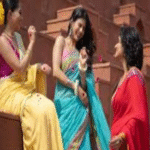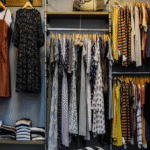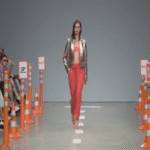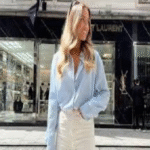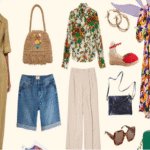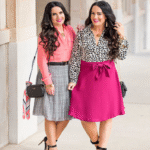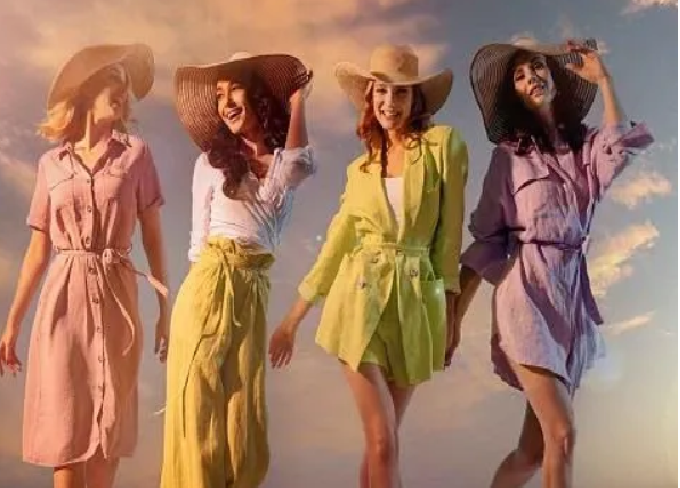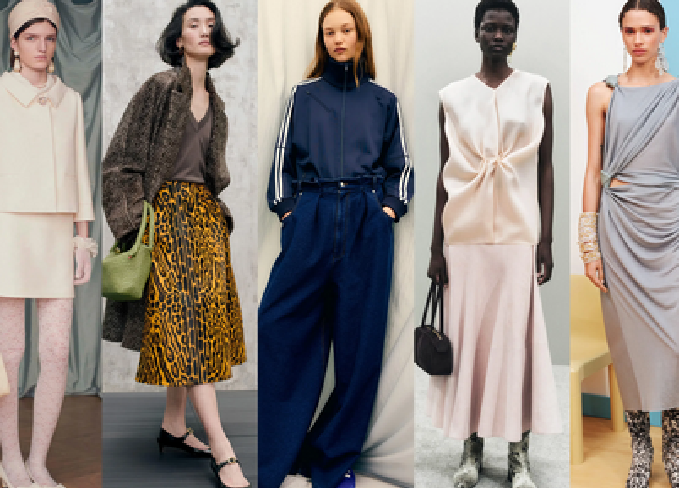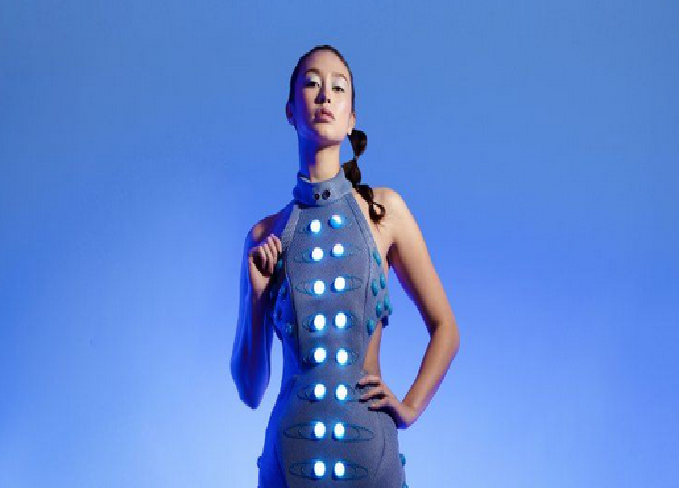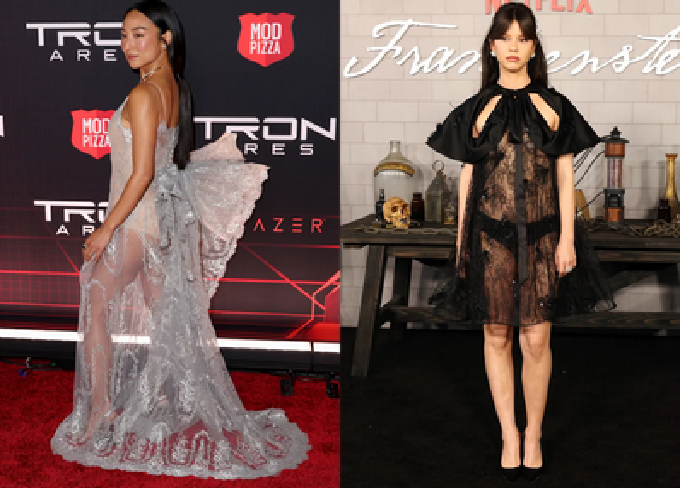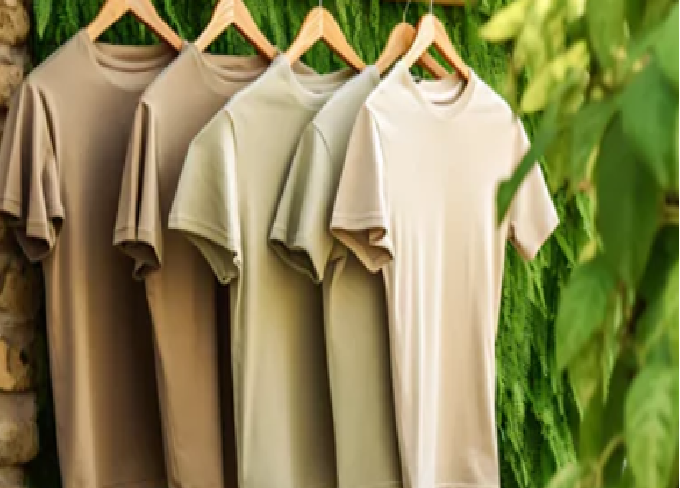Fashion never sits still. Each season brings surface-level changes — new silhouettes, fresh colorways — but some shifts run deeper, changing how clothes are made, sold and worn. This year’s standout movements are equal parts cultural reaction and creative experimentation: sustainability graduates from slogan to supply chain; technology embeds itself into fabrics and retail; gender lines blur; and aesthetics swap places, with maximalist embellishment coexisting alongside pared-back tailoring. Below, a detailed breakdown of the trends redefining style globally and how to make them work in your wardrobe.
1. Sustainability: from marketing to measurable action
Sustainability stopped being a niche badge and became integral to brand strategy. But beyond recycled marketing copy, the meaningful change lies in measurable practices: circular design, transparent supply chains, and the normalization of rental, resale and repair.
Designers are prioritizing longevity — garments built to be mended and updated rather than thrown away. The materials mix has shifted too: regenerated fibers, lab-grown leathers, closed-loop cotton and innovative plant-based alternatives are in more collections. Brands are publishing clearer timelines for net-zero goals and third-party certifications are growing in importance as consumers demand proof, not promises.
For shoppers this means thinking beyond the purchase: seek pieces with repairable construction, neutral colors and versatile silhouettes; embrace pre-loved platforms; and consider rental services for one-off events. The trend answers both ecological and economic pressure, encouraging smarter consumption that still feels stylish.
2. Tech-enabled textiles and smart apparel
Clothing is getting technical in ways that matter. Smart textiles — fabrics that wick, cool, heat or measure biometric data — are moving from sportswear labs into everyday wardrobes. Breathable performance knits are appearing in tailored shirts and trousers; phase-change materials (which regulate temperature) make transitional outerwear more comfortable across climates.
Augmented reality and virtual try-on tools have matured, reducing returns and empowering online shopping. On the garment side, subtle integrations like phone-charging pockets, antimicrobial linings and stain-repellent finishes are solving practical problems while preserving aesthetics.
This year also saw a rise in modular garments — pieces designed with removable, interchangeable parts — allowing consumers to adapt a single item for multiple looks and extend its lifecycle.
3. Gender fluidity: tailoring and play combined
Genderless design continues to gain momentum, but with a broadening vocabulary. It’s not exclusively about boxy silhouettes; designers are experimenting with fluid tailoring that blends structure with softness. Think sharply cut blazers in silk blends, skirts with menswear seams, and suiting that uses drape and waist definition without gendered signifiers.
Retailers are expanding size and fit offerings while stylists mix what was traditionally “masculine” and “feminine” in single looks. Accessories are a major playground for gender-neutral expression — substantial jewelry, unisex bags, and boots that walk both runways and city streets.
For the consumer: mix tailored pieces with softer knits, play with proportions, and choose accessories that feel less about gender and more about personal signature.
4. Maximalism meets quiet luxury: a balancing act
Two seemingly opposed aesthetics are coexisting and even enhancing one another. On one side, maximalism — baroque prints, bold embellishments, layered jewelry and theatrical silhouettes — has reasserted itself as a celebratory reaction post-restriction. On the other, quiet luxury (subtle logos, immaculate tailoring, premium materials) remains aspirational for those who prefer understatement.
The result? Hybrid wardrobes. A minimalist wool coat worn with a statement embossed tote; restrained suiting offset by exuberant shoes; monochrome dresses punctuated by ornate belts. The year’s looks are less about committing to a single mood and more about curated contrast.
5. Regional and cultural influences: globalization with local voices
Fashion’s global conversation has amplified local storytellers and heritage crafts. K-Pop and Korean fashion aesthetics continue to influence silhouettes and layering techniques, while Afrofuturism and Pan-African designers push color, print and textile innovation into the mainstream. Latin American craftsmanship — embroidery, weaving, handcrafted details — is being integrated into contemporary lines, and South Asian artisanship is gaining visibility outside festival wear.
This localization-with-global-reach means shoppers can access artisan-made details in contemporary garments. Ethically-sourced craft collaborations allow traditional techniques to find modern homes — supporting cultural continuity while refreshing global style vocabularies.
6. The new suiting: soft tailoring and relaxed formality
Suits remain a cornerstone but have evolved. The rigid, hyper-structured suit is giving ground to soft tailoring: more relaxed shoulders, looser trousers, and mixed-fabric suits (think knit back panels with tailored fronts). Color palettes are expanding beyond navy and gray into pastels, warm neutrals and unexpected jewel tones.
Separates dominate — tailored vests paired with cargo trousers, oversized blazers over delicate slip dresses — offering more flexibility. Suiting is now as much about daily wear as it is formalwear, adapted for hybrid lifestyles that require both polish and comfort.
7. Footwear: platform revival and nods to nostalgia
Shoes this year blend retro energy with modern engineering. Chunky platform soles returned with updated ergonomics, while ballet flats and kitten heels made a comeback refined for comfort. Sneakers continue to dominate but with a split strategy: ultra-technical athletic models for performance and retro-inspired low-tops for everyday wear.
Sustainably-produced soles, natural rubber blends and vegetable-tanned leathers indicate footwear’s move towards responsible materials without sacrificing style. For many, footwear is the easiest way to adopt a trend — bold platform boot or vintage sneaker, you can anchor an outfit around your shoe choice.
8. Color, prints and texture: vibrant contrasts
Color is expressive again. Rich primary tones, saturated pastels and warm earth hues coexist. Prints have shifted toward layered motifs — painterly florals combined with geometric checks or animal prints mixed with tonal stripes. Texture plays a big role: chunky knits, glossy vinyl, handwoven textiles and tactile bouclés add sensory depth.
The approach to prints this year is layered and deliberate — mix small-scale prints with large patterns, or balance an ornate print with sleek, solid pieces for contrast.
9. Accessories: exaggerated and functional
Accessories are both theatrical and practical. Oversized hoops, sculptural chains, and dramatic belts make clear style statements. At the same time, multifunctional bags — convertible crossbody to belt bag, or bags with integrated tech pockets — show that design is marrying creativity with utility.
Hats returned strongly, from bucket styles to structured caps, and eyewear continues to be an instant face-framing update with angular frames and tinted lenses.
10. Beauty and grooming: intentional and experimental
Beauty trends mirror fashion’s duality: minimalist skin-first routines coexist with bold, experimental color and texture. Glass-skin-inspired skincare regimes emphasize health and translucence, while makeup experiments bring graphic liners, colored mascara and glossy lids. Hair trends range from precise bob cuts to lived-in mullets and sculptural updos that complement maximalist outfits.
Men’s grooming follows suit — skincare routines are mainstream, and facial hair styling trends toward neat stubble or clean-shaven polished looks, depending on the aesthetic.
11. Retail evolution: hybrid experiences and conscious commerce
Retail is keeping pace with lifestyle shifts. Flagship stores are less about transactions and more about immersive brand experiences — community events, customization bars and in-store repair services. Pop-ups and collaborative activations create buzz without the overhead of permanent space.
Digital innovation persists: improved virtual try-ons, AI-driven personalization, and shoppable video content are closing the gap between inspiration and purchase. Buy-now-pay-later and subscription models still matter, but there’s a noticeable push toward responsible commerce — brands offering take-back programs, repair services and incentives for reuse.
12. How to adopt these trends (without a wardrobe overhaul)
You don’t need to rebuild your entire closet to stay current. Here’s a practical playbook:
-
Prioritize pieces that will serve multiple outfits: a well-cut blazer, an elevated knit, durable denim, and one statement accessory.
-
Experiment small: if maximalism feels too much, try a bold belt or sculptural earring rather than a full look.
-
Invest in footwear and outerwear — they dramatically affect perception of an outfit and last longer.
-
Support circular options: buy from resale platforms or try renting instead of buying high-cost, low-use items.
-
Mix textures and eras: pair a vintage tee with tailored trousers, or a delicate silk skirt with chunky knitwear for contrast.
-
Learn basic mending and take advantage of repair services — extending garments’ life is both stylish and sustainable.
13. The runway vs. the street: translation is key
Runways will always be places for extreme creativity; the magic is in translating those moments to real life. Designers now make clearer efforts to offer wearable capsule pieces within couture or fashion-week narratives. Street style continues to be the laboratory where trends are democratized: social media amplifies grassroots looks, and micro-trends born on city streets often outpace runway adoption.
If you admire a runway shape, identify the core element (volume, color, texture) and introduce it through an accessory or single garment to test how it integrates with your lifestyle.
14. Predictions: which trends will stick?
Some movements have staying power: sustainability practices tied to circular business models, tech-enhanced comfort in everyday garments, and the continued breakdown of rigid gendered style rules. Aesthetic swings — maximalism’s theatricality versus quiet luxury’s restraint — will ebb and flow, but the blend of the two will likely stay as people seek personal expression that accommodates function.
Local craft and cultural narratives are poised to remain influential as global brands deepen collaborations with regional artisans, creating richer, more responsible collections.
Conclusion: style as synthesis
This year’s fashion landscape is less about a single look than about synthesis. It’s where craft meets technology, where sustainability informs design choices, where gendered rules blur, and where the polished and the playful coexist. The most compelling wardrobes will be those that are thoughtful: built with conscience, adaptable by design, and layered with personal stories.
Adopting the new trends doesn’t require a complete reinvention; it simply asks for curiosity. Try one new material, play with a silhouette, support a local maker, or experiment with accessories. Fashion is, after all, a form of ongoing conversation — about identity, values and creativity. This year’s trends are opening the vocabulary, and the best part is that anyone can join the dialogue.
